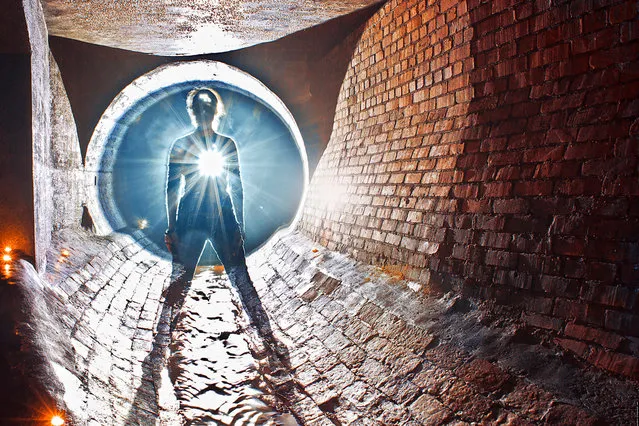
Stunning silhouettes under European cities reveal the size and splendor of the continent’s urban foundations. Photographer and content-manager Anna Arinova, 28, from Moscow, captured the awe-inspiring labyrinths in Russia and Germany. Arinova said, “I have been interested in under-earth tunnels for six years. Previously I was mostly fond of abandoned places”. Here: Danilovskiy brook, Moscow, Russia. (Photo by Anna Arinova/Caters News)
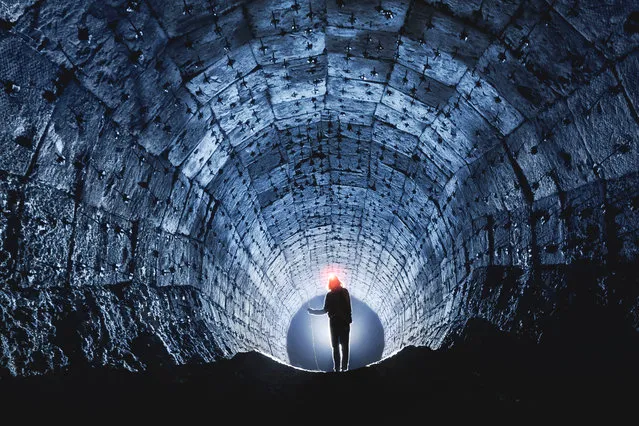
Underearth Moscow Metallurgical Plant “Serp i Molot” (Sickle and Hammer), Russia. (Photo by Anna Arinova/Caters News)
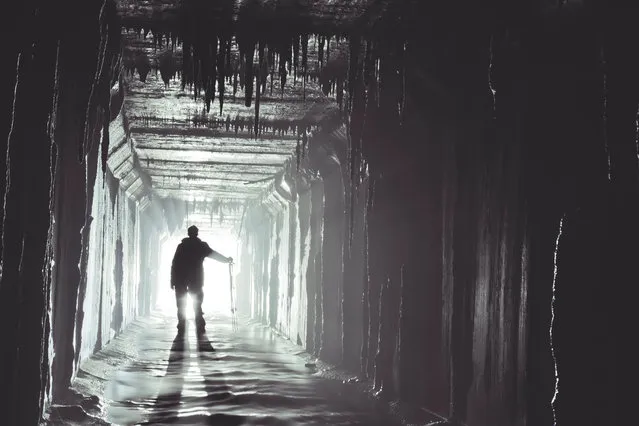
Kopytovka river in Moscow, Russia. (Photo by Anna Arinova/Caters News)
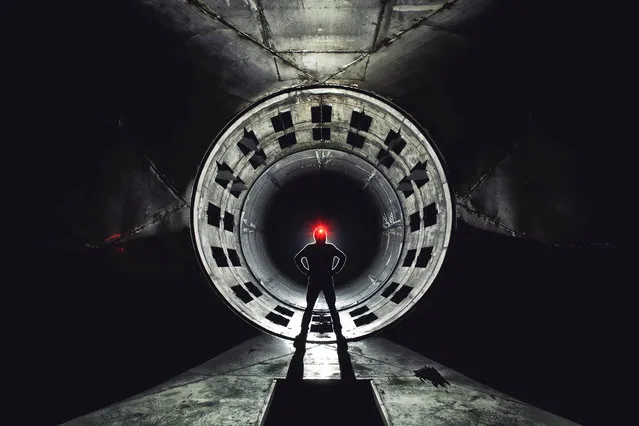
ZIL plant (“Zavod imeni Likhachova”, or the Moscow Joint-Stock Company “Likhachov Plant”) in Moscow, Russia. (Photo by Anna Arinova/Caters News)
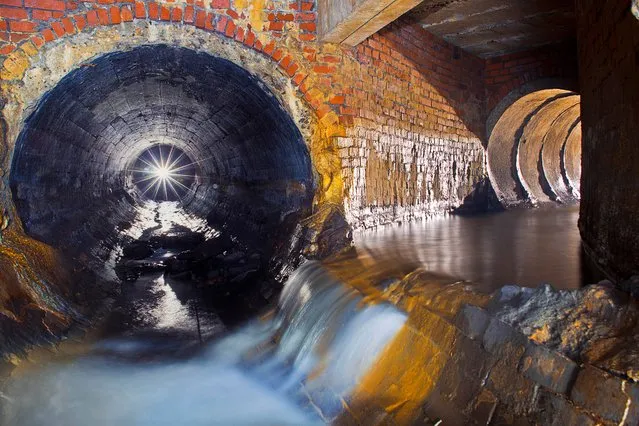
Zolotoy Rozhok river in Moscow, Russia. (Photo by Anna Arinova/Caters News)
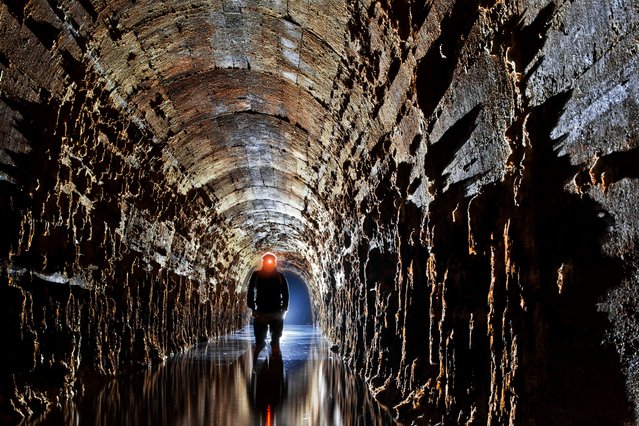
Regenwurmlager, Poland. The Regenwurmlager is an extensive underground fortification area constructed by Germany in 1920s-1940s, now in western Poland, near the city of Międzyrzecz. (Photo by Anna Arinova/Caters News)
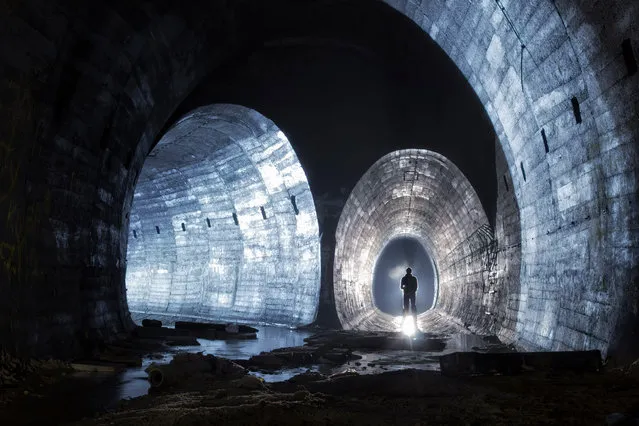
Regenwurmlager, western Poland. (Photo by Anna Arinova/Caters News)
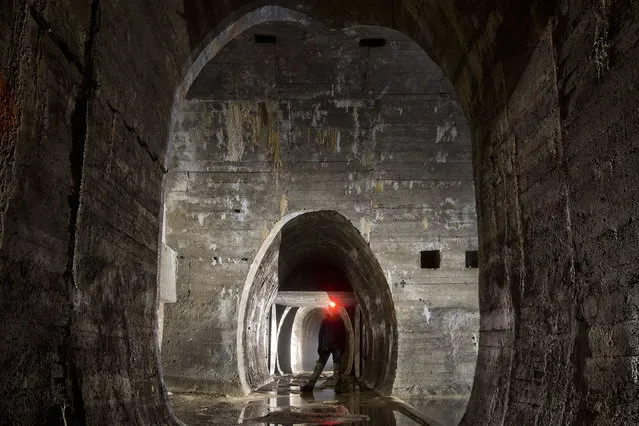
Regenwurmlager, western Poland. (Photo by Anna Arinova/Caters News)

Regenwurmlager, western Poland. (Photo by Anna Arinova/Caters News)
29 Dec 2016 07:53:00,
post received
0 comments
